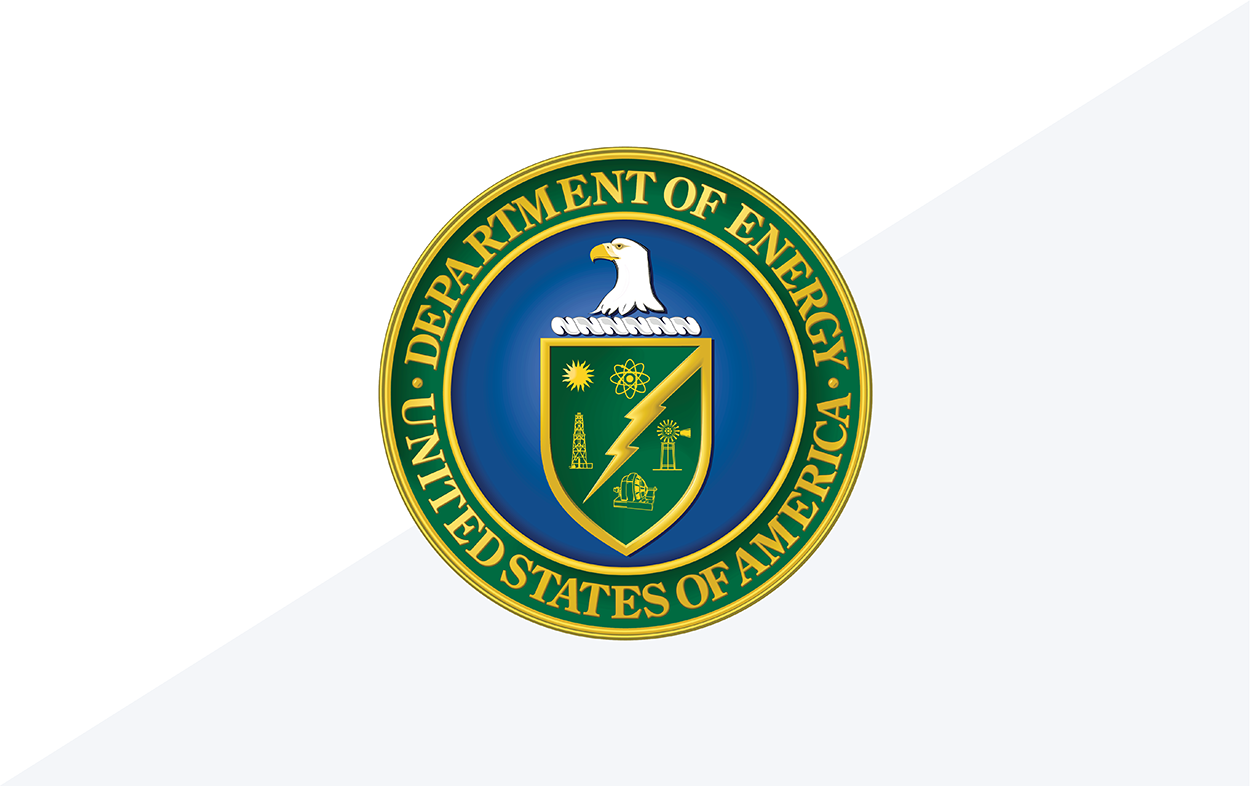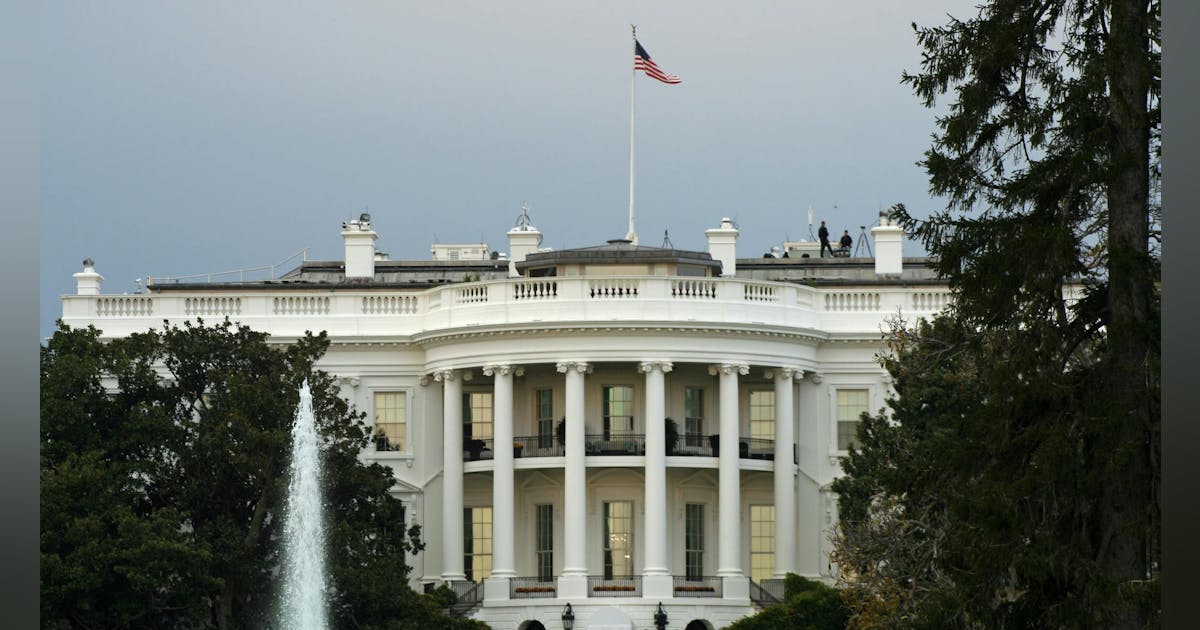Join our daily and weekly newsletters for the latest updates and exclusive content on industry-leading AI coverage. Learn More
In an increasingly uncertain global market, product and growth leaders have a greater effect than ever on a company’s success, impacting not only business growth, but making business transformation possible. Amplitude’s Product 50 Awards were launched as a way to recognize and celebrate product and growth leaders globally whose innovation and creativity are shaking up their companies, disrupting their industries and changing the world.
Selecting the Product 50
Now in its third year, the Product 50 call for nominees garnered nearly 600 nominations across ten categories, and the final list of nominees and winners represents nine countries across four continents.
From each of the ten categories, leaders were selected by a panel of industry judges:
- Francois Ajenstat, Chief Product Officer, Amplitude
- Sara Rossio, Chief Product Officer, G2
- Carlos Gonzalez de Villaumbrosia, Founder & CEO, Product School
- Adrienne Tan, Co-founder & CEO, Brainmates
- Timo Dechau, Founder, Deepskydata
The judges based their evaluation on commitment to innovation, business impact, social impact and influence on fellow product leaders and their industry.
Congratulations to all the finalists and winners! Read on to learn who they are — and learn more about the Product 50 at amplitude.com/product50.
Introducing the 2025 Product 50 Award winners
Best data-driven product leader
Colin Hili, head of product at Jumbo Interactive
Colin Hili is a strategic product leader specializing in B2B2C, with 10+ years of experience driving scalable growth, innovation and customer engagement. With data-driven strategies like cohort analysis to optimize pricing and engagement, Hili generated a substantial new recurring revenue stream for Jumbo Interactive while reinforcing customer loyalty, and is forecasted to add 8-10 million ARR within the first year of operation. His Splash for Good initiative not only raised over $1M for charitable causes but also added another $1M to the business.
“Start small — focus on a few leading metrics, and turn the numbers into insights by connecting them to actual user behavior and business outcomes,” Hili says. “Keep your ego in check; data should challenge your assumptions (this is a good thing!).”
Finalists
- Nikhil Agrawal, product and engineering lead, Quillbot
- Pallavi Gupta, principal product manager, Bing and AI, Microsoft
- Barbara Gomes, group product manager, iFood
- Sai Vuppalapati, staff product manager, discover and AI, Tubi
Best digital transformation leader
Janani Narayanan, senior director, head of product data cloud, AI and automation, Salesforce
Janani Narayanan has two decades of experience in enterprise product management, engineering, strategy, and operations, with leadership roles at companies like Google and Salesforce. Under her leadership, Salesforce Data Cloud became the fastest-growing product in the company’s history, with a 130% YOY growth in paid customers, processing over 30 trillion transactions monthly and unifying 100 billion records daily. Janani is deeply committed to fostering diversity and inclusion, and empowering women in STEM, coaching and mentoring countless individuals to prepare them for high-profile opportunities.
“As product leaders, we must recognize that AI-led transformation is not just an option – it’s an imperative,” Narayanan says. “The emergence of digital labor and the agentic revolution is redefining how businesses operate. It’s not just about keeping up; it’s about leading the charge and positioning your company as a forward-thinking, agile market leader.”
Finalists
- Courtney Machi , VP of product and engineering, Andela
- James Bromley, CPO and CTO, Haven Holidays
- Michael Chorey , senior product manager, AI and innovation, Wendy’sRohit Taneja, senior product manager, Choice Hotels International
Best growth leader
Eleanor Lightbody, CEO, Luminance
Eleanor led a $75 million Series C funding round in 2025 for Luminance, and she now oversees the company’s continued global expansion. She was named in Management Today’s “35 Women under 35” and Financial Times’ “Ones to Watch” list, and serves on Luminance’s Board of Directors. Her strategic vision has led to a 5x increase in ARR over two years and an increase of over 100% in global corporate customers in 2024. She leads by example, cultivating an executive team with over 50% female representation – and initiatives like the Women at Luminance series and Women in Law dinner seminars provide mentorship and forge meaningful connections for women across industries.
“The best growth leaders don’t chase every opportunity – they put blinders on and focus relentlessly on the metrics that truly matter to their business, stakeholders, and customers,” Lightbody says. “When you filter out the noise and commit to what moves the needle, sustainable growth follows.”
Finalists
- Brian Harbin, founder and broker, Domain Brokerage
- Elizabeth Samara-Rubio, chief business officer, SiMa.ai
- Rachel Tsao, director of product management, Pure Storage
- Viktoria Kharlamova, independent growth advisor and ex-Miro
Best product design leader
Harrison Wheeler, director of product design, LinkedIn
Harrison Wheeler leads teams at LinkedIn to help them reach their highest potential. His research insights have led to investment opportunities, helped fund projects that have been at the top of user request lists, and inspired new growth initiatives and product innovation. He co-founded Black by Design, an internal community group aimed at building a network for Black designers, and establishes a pipeline for emerging talent. He also directs mentorship programs for emerging cross-functional product leaders, and hosts the Technically Speaking podcast, downloaded in over 100 countries, to share insights and inspire global innovation with guests from underrepresented backgrounds.
“Leadership takes courage, especially during times of uncertainty and change,” he says. “By stepping out of your comfort zone and embracing new challenges, you not only build resilience but also inspire others to confidently navigate the unknown.”
Finalists
- Eli Fischer, head of product design and research, AvidXchange
- Jeff Nicholson, senior VP of UX, Entrata
- Mark Garcia, chief creative officer, Majestyk
- Will Trogdon, former senior designer for the Seattle Kraken, current director of marketing and brand at Seattle FWC 2026
Best product industry influencer
Pooja Sund, engineering finance leader, Microsoft
Sund is responsible for the growth of multiple internal and external-facing products and portals powered by a formidable array of technologies. She’s been recognized as a Women in Tech Global Leader 2023, Silicon Leaders magazine’s 2023 Top Ten Most Inspiring Women in Tech, and the highest award for leadership in 2018 through Dale Carnegie’s “Advanced Leadership Program.” Pooja is also a board member at Pacific Northwest University and co-leads the Women at Microsoft ERG. Pooja has won several awards for her work as a product leader both at Microsoft and at industry conferences.
Her seven simple steps for product leaders: “Find your niche, create valuable content consistently, engage with the community, leverage multiple platforms, keep learning about industry trends, be authentic, and build your personal brand to keep shining.”
Finalists
- Mark Palmer, AI and data industry advisor, Warburg Pincus
- Nesrine Changuel, independent product coach and advocate
- Teresa Huang, product leader and coach, Bupa
- Vladislav Voroninski, CEO, Helm.ai
Best Product Leader, Large Company (1,000+ employees)
Rajesh Ranjan, AI product, Meta
At Meta, Ranjan has built AI and LLM-driven recommendation systems, boosting engagement goals by over 100% and directly improving user retention and monetization. He’s transformed AI into a core technology across departments, opening up rapid AI adoption and experimentation as well as automated decision-making, all of which has reduced time-to-market for AI-powered innovations. He was honored with the Excellence Award by Conglomerate Magazine for his contributions to AI product management. Consistently demonstrating a strong commitment to fostering diversity, equity and inclusion in the tech industry, he’s the author of five research papers on responsible AI and LLMs. He has also spearheaded initiatives to enhance the relevance of recommendation systems to ensure they’re inclusive of a broad range of user backgrounds and preferences.
“Build products that push boundaries — solving real-world challenges with precision and lasting impact,” he says. “Prioritize what truly matters, balancing bold innovation with dependable execution. Lead with a clear and unwavering vision while championing ethical AI. Cultivate a feedback-driven culture, empowering teams to deliver scalable solutions that shape the future.”
Finalists
- Andrew Davidson, SVP products, MongoDB
- Neha Bansal, head of product, Meta
- Lewis Evans, chief product and technology, consumer, Nine Entertainment Co.
- Tim Simmons, senior VP and chief product officer, Walmart International
Best Product Leader, Midsize Company (100-1,000 employees)
Erin DeCesare, CTO, ezCater
DeCesare led the development of ezCater’s AI-driven Smart Ordering feature, which boosts revenue for restaurant partners and has directly impacted ezCater’s platform growth, with new customers like P&G, CBRE, Verizon, H&M and ABInbev. She’s made a significant social impact at ezCater by fostering an inclusive and empowering workplace, as well as bringing diverse perspectives to the product development process with her unification of the product, design, analytics and technology teams. She champions AI literacy by investing in employee upskilling, fostering an inclusive environment where everyone can thrive. Her efforts resulted in ezCater being recognized as a 2024 Fortune Best Workplace in Technology.
“Mid-sized companies thrive when they leverage speed to outmaneuver, not outspend,” she says. “We’re at our best when we take advantage of our smaller size to stay close to customer needs and work cross-functionally to rapidly iterate on the best solution.”
Finalists
- Badar Ahmed, CTO and founder, Protect AI
- Dane Maddams, acting director of product, Culture Amp
- Dave Bottoms, SVM, GM, marketplace, Upwork
- Isaac Lien, co-founder, chief artificial intelligence and product officer at GrandPad, Inc.
Best Product Leader, Startup & Small Company (under 100 employees)
Michelle Duval, founder and CEO, Marlee
Duval’s product leadership has driven exceptional business impact and global reach in just four years at Marlee. She has scaled the business to over 400,000 users across 90,000+ organizations in 194 countries, with adoption by industry leaders including Accenture, Amazon, Meta, Atlassian, Google, Microsoft, Apple and KPMG.
Her product’s mission promotes diversity by democratizing access to professional development tools, giving enterprises new solutions to reduce workplace bia, enhance diversity in hiring and advancement, and understand cognitive diversity. At Marlee, her high-performing, cognitively diverse, global 20-person team, 50% of whom are women, represents multi-cultural, multi-national perspectives.
“Products that are loved aren’t built in isolation — they’re the result of relentless curiosity, deep user empathy, and a team that dares to challenge the status quo,” she says. “Lean in and listen to your team and users, be data-informed but willing to also make bets. “
Finalists
- Adam Nash, CEO and co-founder, Daffy
- Anand Nathan, co-founder and CPO, AmplifyMD
- Dimitry Shvartsman, CPO and co-founder, Prime Security
- Guillaume Klein, product growth, WeWard
Most Admired Product Leader
Shailja Gupta, AI/ML platform product manager, ADP
Gupta has been recognized by several prestigious awards, including Rising Star (NTT Data), Most Valuable Professional (McAfee), CSG Mastery, Bravo Award (2022) and Excellence Award (Conglomerate Magazine) for AI and Product Management. At ADP, her work on Analytics Assist, a Generative AI-powered conversational tool, increased user adoption by 30%, reduced report retrieval time by 30%, and boosted Net Promoter Score (NPS) by 48%. She’s led initiatives that have increased customer engagement by 40% and improved AI model accuracy by 25%. Gupta has consistently advocated for responsible AI practices across industries. Her research on bias and LLMs has become a key resource for promoting fairness in AI systems, raising awareness of how AI models can perpetuate societal biases. She’s a judge for the SWE Recognition Program and also mentors aspiring technologists as an academic coach at Carnegie Mellon University and an ambassador for the AI Frontier Network.
“Foster a culture of continuous innovation by staying curious, listening deeply to customer needs, and empowering diverse teams,” she says. “Lead with empathy, authenticity, and transparency. This approach not only drives impactful products but also builds a loyal community, a lasting legacy, and products that change lives.”
Finalists
- Burak Sargut, CPO, Sipay
- Cameron Adams, co-founder, Canva
- Tony Pagliocco, SVP product investment, Aldar Properties
- Víctor Díaz-Roig, president — games, Scopely
Most Promising Product Up-and-Comer
Nimisha Sharath, product manager, Uber
Focused on enhancing road safety and driving behavior by leveraging AI at Uber, Sharath’s safety initiatives have reduced crash rates by 25%, leading to $150 million in insurance cost savings and increasing user adoption by 10%, with even higher engagement among women drivers and riders. She often works behind the scenes improving perceptions among regulators in international markets, which helped expedite the launch of Uber Moto in São Paul. During Covid, she used her time to mentor newcomers to the United States, helping them break into product management, despite the tough job market. Additionally, she acts as a mentor and gives countless free talks and workshops to help people up-skill and land PM roles. She serves on the Industry Advisory Board at the University of Washington Seattle, where she has helped raise over $100K to fund scholarships for immigrant students, and played an instrumental role in launching the first-ever Women in Data Science Conference in Seattle.
“Prioritize reflection — learning and looking back are just as important as taking action,” she says. “Focus on delivering real impact by solving meaningful problems, building strong relationships, and communicating with clarity. Never forget the user — always keep their needs at the center of your work to make sure you’re solving the right problems.”
Finalists
- Brigitte West, executive director of product, DrDoctor
- Prerna Ramachandra, principal product manager, Yahoo
- Rudra Roy Choudhary, product manager, Tubi
- Ella Hislop, VP of product, Luminance
Learn more about the Product 50 and this year’s winners and finalists at amplitude.com/product50.
Sponsored articles are content produced by a company that is either paying for the post or has a business relationship with VentureBeat, and they’re always clearly marked. For more information, contact [email protected].
Daily insights on business use cases with VB Daily
If you want to impress your boss, VB Daily has you covered. We give you the inside scoop on what companies are doing with generative AI, from regulatory shifts to practical deployments, so you can share insights for maximum ROI.
Read our Privacy Policy
Thanks for subscribing. Check out more VB newsletters here.
An error occured.






















